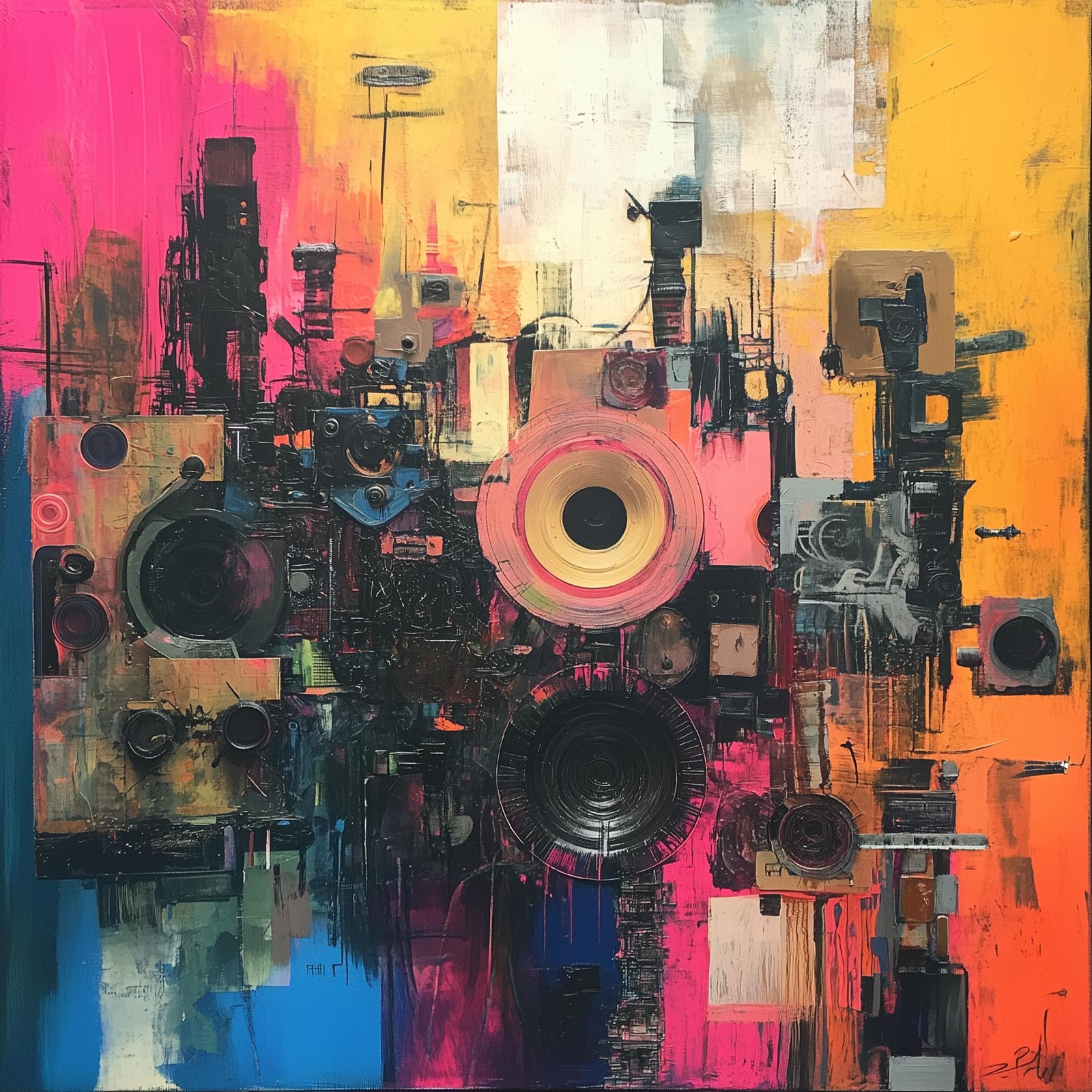If you’ve ever asked, “Did a human write this—or a caffeinated chatbot?” you’re not alone. Welcome to the weird and wonderful world of AI content detection. In a digital age where bots can write passable Shakespeare (or at least LinkedIn posts with a smug grin), knowing whether content was penned by a carbon-based lifeform or a clever algorithm is suddenly a hot topic.
From academics guarding their essay inboxes to SEO pros praying to the Google gods, everyone’s curious: How do you know if content is really human—or just really convincing?
The Spy Tools in Action
AI content detectors analyse how predictable or ‘robotic’ your writing is. Tools like GPTZero and Winston AI look for overly smooth language and formulaic sentence structure, because humans are delightfully messy writers. Think: typos, mixed metaphors, and the occasional Shakespearean tangent. AI? It’s a bit too tidy.
There’s a buffet of tools to choose from:
- GPTZero is the gold standard for education – it’s the digital sniffer dog of essays.
- Originality.ai is loved by marketers who want to keep their content fresh, not Frankenstein.
- Copyleaks wins points for being cautious – it rarely accuses humans of bot crimes (unlike that one grumpy teacher).
- Turnitin is the classroom heavyweight—quietly judging your late-night assignment reworded via ChatGPT.
- And ZeroGPT? Great for quick checks but less Sherlock Holmes, more Inspector Clouseau.
The rest—including tools from QuillBot, Scribbr, Sapling, and BrandWell—each bring something to the party, from multilingual support to highlighting the AI-ish bits in neon red. Handy for editing, less handy for your ego.
But don’t be fooled by high-tech bells and whistles. Even the best tools get it wrong. A well-read teenager might be flagged as ChatGPT’s cousin. Meanwhile, a barely rewritten AI paragraph might slip through like a ninja. It’s not about absolute certainty—it’s about probability.
But… Does It Even Matter?
Let’s get philosophical for a moment. If an article is useful, engaging, and maybe even a bit funny (ahem), does it matter if a bot helped write it?
Google doesn’t think so—as long as the content helps users. That’s right: Uncle Google doesn’t care if it’s written by a person or a parrot, so long as it answers your question and isn’t just fluff. So maybe the real question is: Is it good? Not is it AI?
Of course, context is key. In education or journalism, being AI-written might mean bending the rules. But in content marketing or copywriting? As long as it’s got value, bring on the robo-scribes.
And let’s face it: humans have always used tools. Typewriters, spellcheckers, Grammarly. AI is just the latest pen in the drawer. It’s the intent and the editing that matter.
💡 Want Your AI Text to Feel More Human?
Here’s the secret sauce to fool the bots—and more importantly, engage your readers:
- Add your voice – Use slang, sarcasm, and that weird metaphor you came up with in the shower.
- Tell a story – Even a mini one. “When I first tested GPTZero…” works wonders.
- Break the rhythm – AI writes like a metronome. Mix it up.
- Use opinion – “In my view” or “I reckon” is hard for a bot to fake believably.
- Throw in a curveball – The odd parenthesis, a rhetorical question, or a colloquial quip adds life.
One bonus trick: run your text through a detector yourself. If GPTZero or Winston AI flags a section, that’s your cue to spice it up. Make it sound like you.
You’re not just evading detection—you’re improving quality. Win-win.
📈 What This Means for SEO, Brands & Businesses
Here’s the kicker: Google doesn’t penalise AI content per se. It penalises rubbish. Bland, unhelpful, regurgitated stuff gets the boot—whether from a robot or a rushed intern.
So the takeaway? Don’t write for AI detectors. Write for people. Use AI if it helps you get going. Then layer in your magic: clarity, context, tone, and truth.
For brands, that means reviewing AI-drafted copy. Does it reflect your voice, values, and vibe? Or does it sound like a very polite alien wrote it?
Also, let’s not forget the legal and ethical side. If you’re producing scientific research, you probably shouldn’t outsource it to Skynet. But if you’re blogging about wine pairings or the best AI tools to detect AI tools (meta, we know), the bar is different.
🛠️ Our Final Word: Use the Tools, But Trust Your Gut
AI detectors are great allies. But they’re not perfect, and they’re not the boss of you. If a tool says your heartfelt article is “42% AI,” don’t panic—edit. Add a joke. Tell a story. Bring the human back in.
AI can write. But only you can resonate.



